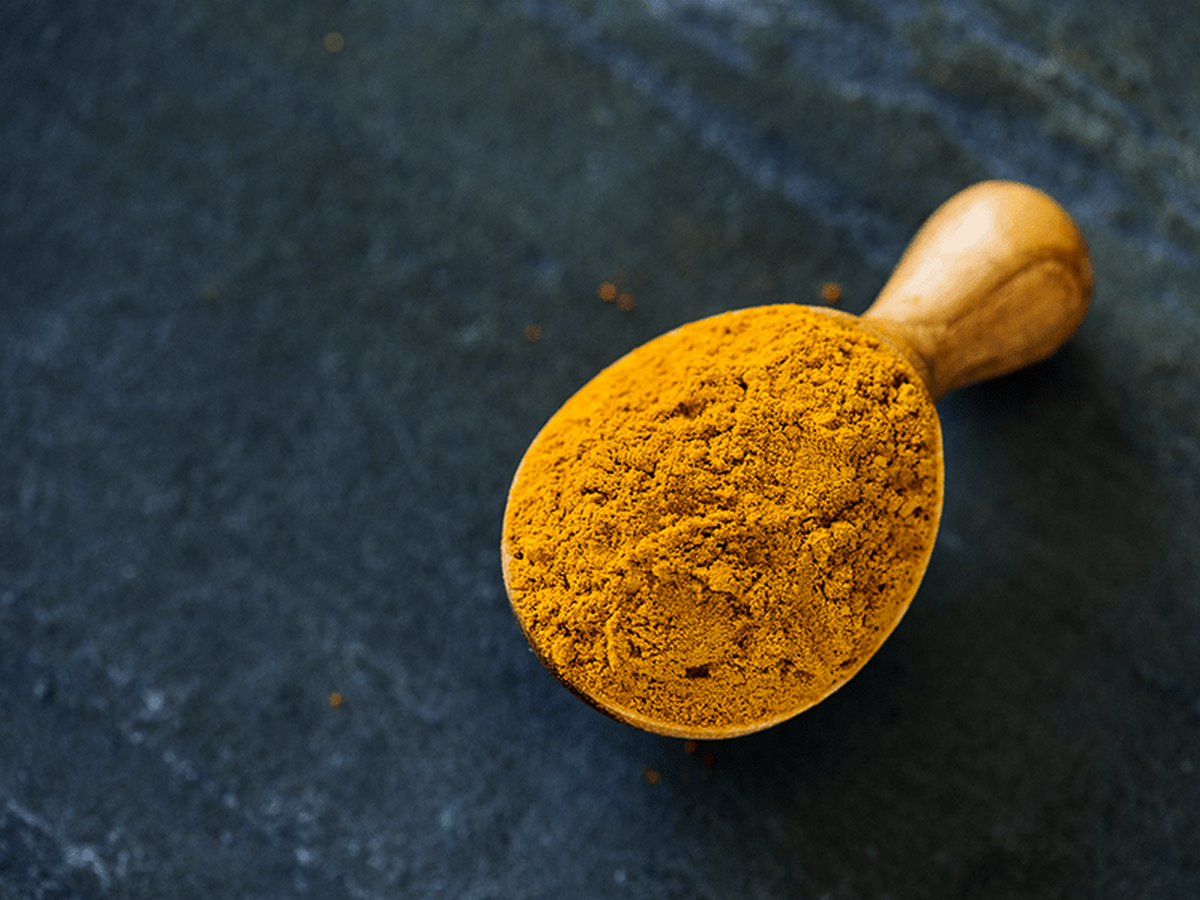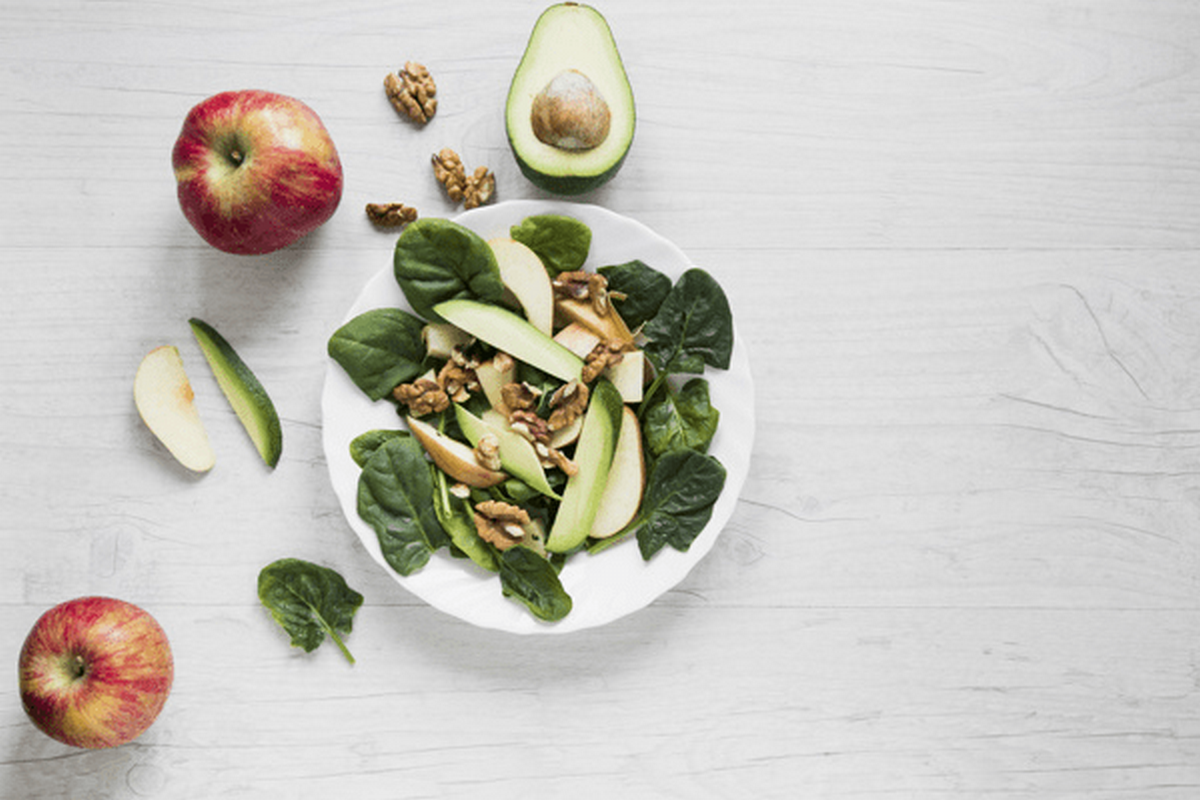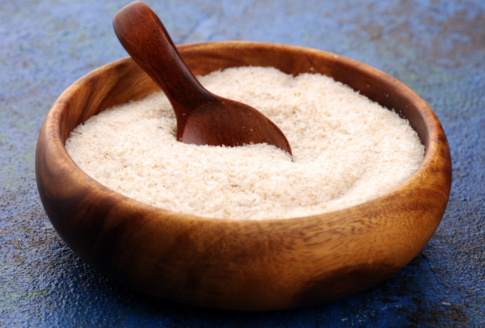Which are the health benefits of dietary fibers?

Dietary fibers are among the most known ingredients of our diet. Which are the health benefits of dietary fibers and how do they work and benefit health?
Table of Contents
Dietary fibers
They are a group of nutrients found in fruits, vegetables, whole grain cereals and legumes. Unlike other food ingredients such as carbohydrates, fat or protein, the human body is unable to digest and absorb them. They have no or very few calories (2 kcal/gr.).
Categories of fibers
There are two categories of fibers, soluble and insoluble. The above-mentioned classification refers to the solubility of the fibers in water. Most plant foods contain both soluble and insoluble fibers, however, what changes in each food is the percentage of its type.
- Soluble plant fibers: They dissolve in water and they form a gel mass. They are found in oat flakes, beans, apples, carrots, barley and psyllium.
- Insoluble fibers: They can be found in whole grain cereals, wheat bran, nuts, beans and vegetables, such as cauliflower, green beans and potatoes.
What are the benefits of fiber consumption
A diet rich in fibers can have many health benefits such as:
Constipation
Fibers have the ability to increase peristaltic bowel movements, thereby facilitating smooth intestinal function and relief from constipation. In addition, they have the property of absorbing large amounts of water, so they make stools more bulky and hydrated.
Diarrhea
In addition to constipation, the ability of fibers to absorb large amounts of fluids also helps with diarrhea. They offer shape in the stools and normalize the frequency of defecation.
Reduction of cholesterol
More and more studies in recent years have shown that soluble fibers can help reduce overall cholesterol levels in the blood, especially LDL, the “bad” cholesterol. Other studies have shown that fibers may also benefit the cardiovascular system, blood pressure or inflammation.
Maintain bowel health
A diet rich in fibers can reduce the risk of developing hemorrhoids, rectal ring scarring and diverticulosis. Some studies have shown that systematic and high fiber consumption may even reduce the risk of colon cancer, but studies are still pending to prove this property.
Saturation and weight management
Due to their ability to swell in the intestine in the presence of fluids, it has been shown that foods rich in fibers promote saturation. As a result, saturation is achieved for longer and smaller amounts of food are consumed.
Glucose control
Fibers slow down the absorption of carbohydrates, thus contributing to better glycemic control of people with pre-diabetes or diabetes mellitus. In addition, many studies show that a healthy diet containing insoluble fibers can even reduce the risk of type 2 diabetes.
How many fibers do we need?
According to reports, the recommended daily intake is 25-35 grams, depending on gender and age. Unfortunately, this amount of fibers is covered by a very small percentage of the population.
Food supplements with fiber
Taking a fiber supplement is essential if the diet fails to meet daily requirements. However, supplements cannot substitute the natural sources of fibers because they do not contain the vitamins and minerals naturally present in food. The type of fibers that will be taken depends on the condition, for example, psyllium is a plant fiber that is suitable both for the treatment of constipation and diarrhea. In any case, fiber needs enough water.
When does a food contain enough fibers?
The claim that a food is a source of fibers can only be made when the product contains at least 3 gr. of fiber/100 gr. of product. Respectively, the claim that a food is a rich source of fibers can be made only in case a food contains 6 gr. of fibers/100gr. of product.
Disclaimer
The content of this blogspot is not and can not be considered as medical advice, diagnosis or treatment. All information is provided to readers solely for informational purposes. There is no intention to substitute this content for personalized medical advice, diagnosis, prognosis or treatment.











Leave a comment